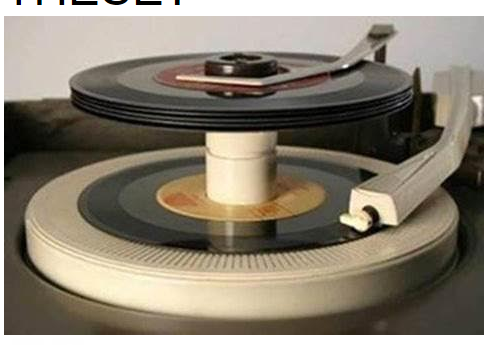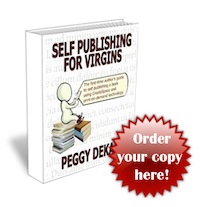
Everything old is new again! We talked last week about the Bowker.com report on self-published genres. Since 2010 the number of ISBNs issued to indie authors has risen by a whopping 375%. In the year 2015, self-publishing has grown 21.24% over 2014 numbers.
We know that more and more books are being published, but what does it mean to you and me as indie authors? The world is becoming more crowded and more competitive. Now is the time to begin some serious work on a marketing plan. You know, the one you meant to develop last year, or the year before. As I have said at hundreds of seminars in the past, “You are not in competition with a fellow author, you are in competition with obscurity!” There are many ways to increase the probability that your book will get noticed. We will talk about some of those on our next podcast: How to Market Your Book on the Internet with Cheri Powell.
The hallmark of 2017-2018 should be marketing, marketing, marketing. Now, like never before, you should be working on a solid book marketing plan. Its time to develop those social media chops and create content.
TRENDS in the INDUSTRY

Bowker says, “more writers are taking advantage of traditional publishing houses AND self-publishing.” I have long maintained that indie authors need a mix of traditional publishing credits (articles, books, or editorials) and indie titles. Even a few published pieces in literary journals seems to quiet the naysayers. Though they are far fewer today than when I started in 2008, I can still hear the words, “You can’t be a REAL writer if you have self-published your book.” My philosophy on indie publishing hasn’t changed much since then. “All writers should have at least one to show (a traditionally published book) and several to go (indie titles).” That way you can have your cake (the prestige of a traditional publishing deal) and eat it (self-publish the rest to maximize your profits and make a living.
Bowker says, “Libraries and booksellers are seeking opportunities to offer MORE self-published content.” This is a great thing, but I do see one troubling trend. Here in Louisville, the library has put out a call for indie authors to make their books a part of the libraries’ catalog. Great. The catch is, they don’t want to pay the indie author for his or her e-book. It is handled as a “donation” to the library. Contrast this with the libraries purchase of traditionally published e-books where they pay $50-$100 dollars for an e-copy of an electronic book which is good for six to eight “borrows.”
It’s not all doom and gloom. There are several statistics that seem to show that books read in the library do translate into sales. You also gain name and cover recognition. It seems the double standard that applied to indie authors in the early years is alive and well in the library matrix. I don’t believe that an indie author is less entitled to be enriched than a traditional author.
Bowker says, “The number of self-published authors on bestseller lists IS ON THE RISE.” For several years, between 25% and 35% of the books on the New York Times bestseller lists have been self-published. Indie authors have been award winning, best-selling authors for years, but only now are they being recognized by the “industry.”
Peggy DeKay, Speaker, Author, Book Coach
www.PeggyDeKay.com
Peggy@tbowt.com
 Peggy DeKay
Peggy DeKay
 Peggy DeKay
Peggy DeKay




